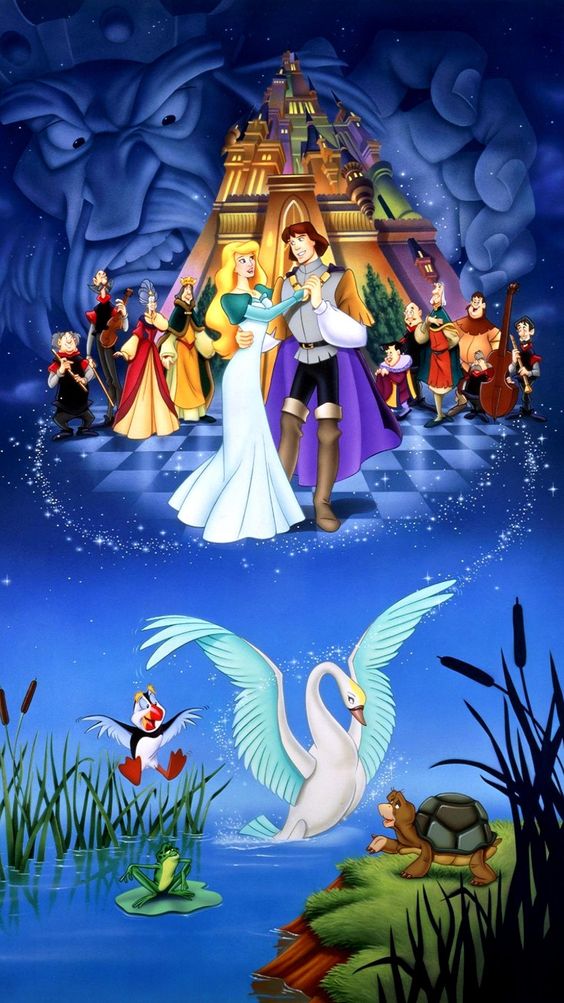“Coromandel Fishers” is a captivating poem by Sarojini Naidu that paints a vivid picture of the fearless fishermen of Coromandel, India. Coromandel Fishers poem describes their arduous and perilous journey as they venture into the unpredictable sea, emphasizing the profound connection between nature and these brave individuals. Read More Class 8 English Summaries.
Coromandel Fishers Poem Summary
Coromandel Fishers Poem Summary in English

In this poem, the poetess describes the life of the fisherman. The leader of the fishermen is giving a call to his comrades to start their work early in the morning.
Coromandel fishers refer to the fishermen on the Coromandel Coast of South India. Rise brothers rise means the fishermen called their – men to get ready to go to the sea. The early morning sky is compared to someone who is waking up from sleep. The leader awakens the other fishermen that the sun had already risen. The wind is not blowing, means it sleeps in the arms of the dawn like a child. So it is the correct time to start their Journey. They should gather their nets and set the boats free. They are sons of the sea, so they have the right to capture the leaping wealth when means fishes.
The fishermen called themselves as the king of the sea. The narrator hurried his colleagues because they should follow the Sea gull’s call. The Seagull is an animal that knows where the fishes are. The sea, the cloud, and the waves all are close to fishermen like a mother, brother, and friends. The sea god is the controller of the sea. He will protect them.
The fishermen also love the land. The shade of the coconut grove, the sweet smell of the mango grove, and sounds in nature. But the waves and the foam of the sea is more appealing to them. The sun is setting and it is the time to go back to land. So brothers, row the boat to the edge of the sea.
Conclusion:
In conclusion, “Coromandel Fishers” by Sarojini Naidu is a beautifully crafted poem that celebrates the indomitable spirit of the fishermen of Coromandel. Through poetic language and vivid imagery, Naidu honors their bravery and their deep relationship with the sea.
Read More Summaries:

















